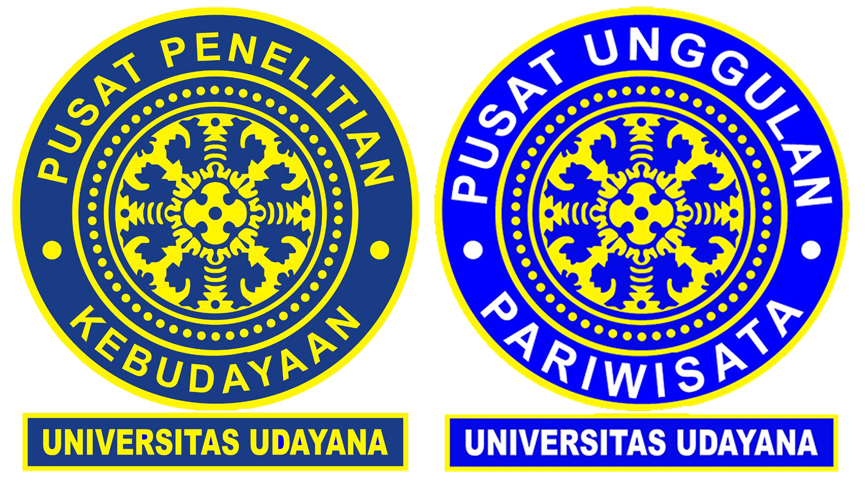INDEXED
Author Guidelines
- Articles must focus on Bali or comparative studies involving Bali and other regions or fields (See point number 25 at the bottom).
- The article must be original, based on research, has never been published, and is not being sent to other journals.
- The length of the article is ideally 7,000 words (not including Bibliography), typed in one and a half spaces.
- Article is written in English.
- Include an Abstract in English, maximum length is 150 words.
- The abstract includes the background, objectives, methods, results or conclusions, significance of the study, and 3-5 keywords.
- The title of the article is concise, represents the content, a maximum length of it is 20 words. It is written in Times New Roman font 14 bold, with capital letters only for the beginning of each word except the conjunctions remain in lowercase.
- Because the article will be reviewed, the name of the author (s) should be written on a separate page.
- The author's name is written without academic degree, accompanied by institutional affiliation, and the e-mail address of the corresponding author. If necessary, there may be more than one affiliate name (maximum two). On this separate page, include a biodata of all the writers that are written descriptively in 50-100 words, which contains the position, publication, research interest.
- Articles written in Microsoft Word, font size 12, Times New Roman, 3 cm top and left margins, 2.5 cm bottom and right margins. The first sentence of the paragraph is typed indent 1 cm.
- The structure of the article basically consists of: 1. Introduction, 2. Literature Review, 3. Method and Theory, 4. Result and Discussion, 5. Conclusions, Bibliography. Except Bibliography, all heading and subheading elements are filled with numbers, starting with number 1.
- The introduction is written concisely which basically contains the background of the writing, purpose, reason, novelty or gap, benefit or contribution.
- The method describes the approach or theory, data sources, data collection techniques, analysis techniques.
- The discussion contains the main analysis and this section can be divided into several sections (subheading). Sections are limited to three digits number.
- Conclusions contain confirmation of the results of the analysis and limitations of the article or research.
- References are written in the text, with the author's name and year, while for the word-for-word or sentence excerpt, fill in the year and page number (Margono, 2015, p. 78) or (Picard et al., 2015, pp. 78-89).
- Do not use footnotes.
- The block quotation must be written one space, indent 1 cm with a font size of 12.
- Articles must contain illustrations of images or photos posted in the discussion section and accompanied by reference numbers. The photo is filled with a brief description and name of the photographer / illustrator. It is the responsible of the author to ensure the right to use all images/ photos/ figures.
- The use of tables should also be referred to with clear numbers in the text, placed close to the explanation section. Table title is written on top of table, source is written under Table.
- Every source cited in the body of the article must appear in the Bibliography, and all sources that appear in the Bibliography must be quoted in the body of the article.
- Minimum number of references is 20 items. Sources cited at least 60% come from those published in the last 10 years. Sources cited are the main sources in the form of journal articles, books and research reports, including theses and dissertations.
- Bibliography written with the APA Style (https://apastyle.apa.org/ ; https://apastyle.apa.org/instructional-aids/reference-examples.pdf ; https://apastyle.apa.org/instructional-aids/reference-guide.pdf ).
- When submit the article, please submit also the signed form of ethical clearance agreement signed by author and co-author(s). The form of ethical clearance agreement can be downloaded from the journal website. [Clearance Form]
- The maximum number of co-authors is three. However, up to four co-authors are permitted if at least one of the authors is from outside Indonesia.



















